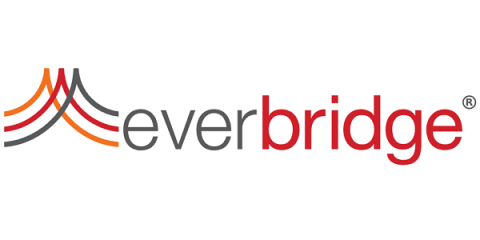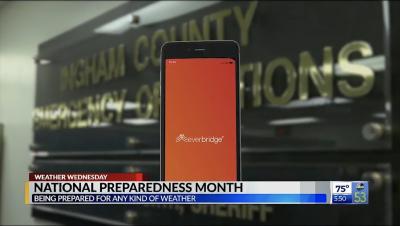Integrating Cyber and Physical Security Can Better Protect People and Save Enterprises Time and Money
Cyber security and physical security grew up at different times and in different neighborhoods. In fact, long before digital transformation was even a concept, physical security had staked out its corporate territory and was on the job protecting the company’s people, buildings, and other assets. Then, as the business world grew increasingly more reliant on information technology, digital security started flexing its muscles on its own turf.






